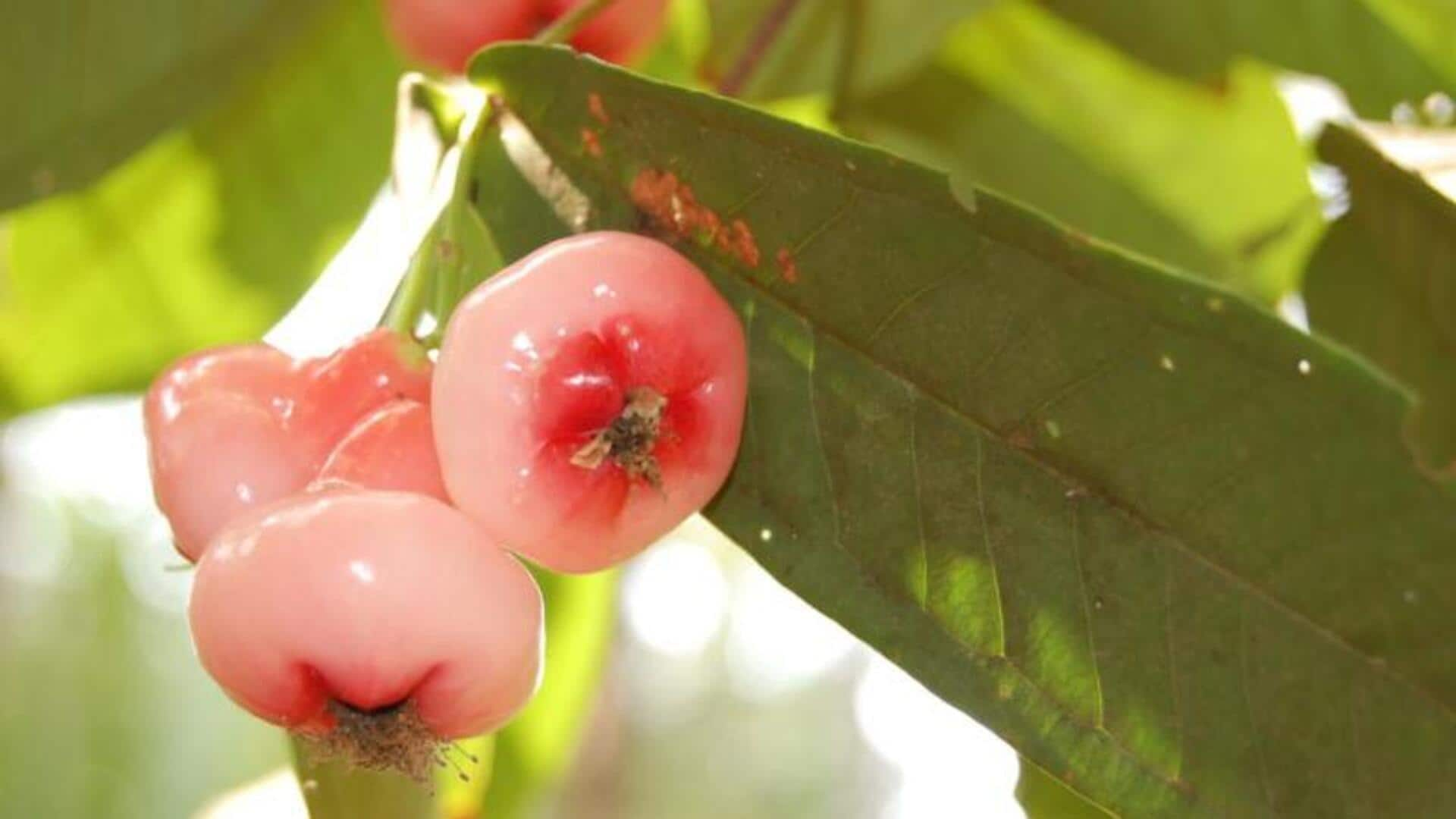
Love apples: Nutrition, culinary uses, and more
What's the story
Often mistaken for a vegetable, love apples are an interesting fruit with a rich history and unique characteristics. Commonly known as tomatoes, these fruits have been an integral part of cuisines and cultures across the globe. The story of love apples is not just about their culinary use, but also about their journey from being shunned to becoming a staple. Here are some interesting facts about love apples that you may not know.
#1
Origin and history
Love apples originated in western South America and Central America. They were first cultivated by indigenous peoples who recognized their potential as a food source. When Spanish explorers brought them back to Europe in the 16th century, they were initially met with skepticism. It took centuries for love apples to become accepted as safe to eat and not poisonous.
#2
Nutritional benefits
Rich in vitamins and minerals, love apples are an excellent source of vitamin C, potassium, and folate. They are also low in calories, making them an ideal choice for health-conscious people. The antioxidants present in love apples help reduce the risk of chronic diseases by neutralizing free radicals in the body.
#3
Culinary versatility
From salads to sauces, love apples are used in a variety of dishes around the world. Their versatility makes them an essential ingredient in countless recipes. Whether eaten raw or cooked, they add flavor and texture to meals without overpowering other ingredients. This makes them a favorite among chefs and home cooks alike.
#4
Economic impact
The global tomato industry is worth billions of dollars, providing livelihoods to millions of farmers around the world. Love apple cultivation is especially important in countries like China, India, and the United States, which lead tomato production globally. The economic impact extends beyond agriculture, as tomatoes are processed into sauces, pastes, and juices that contribute significantly to local economies.